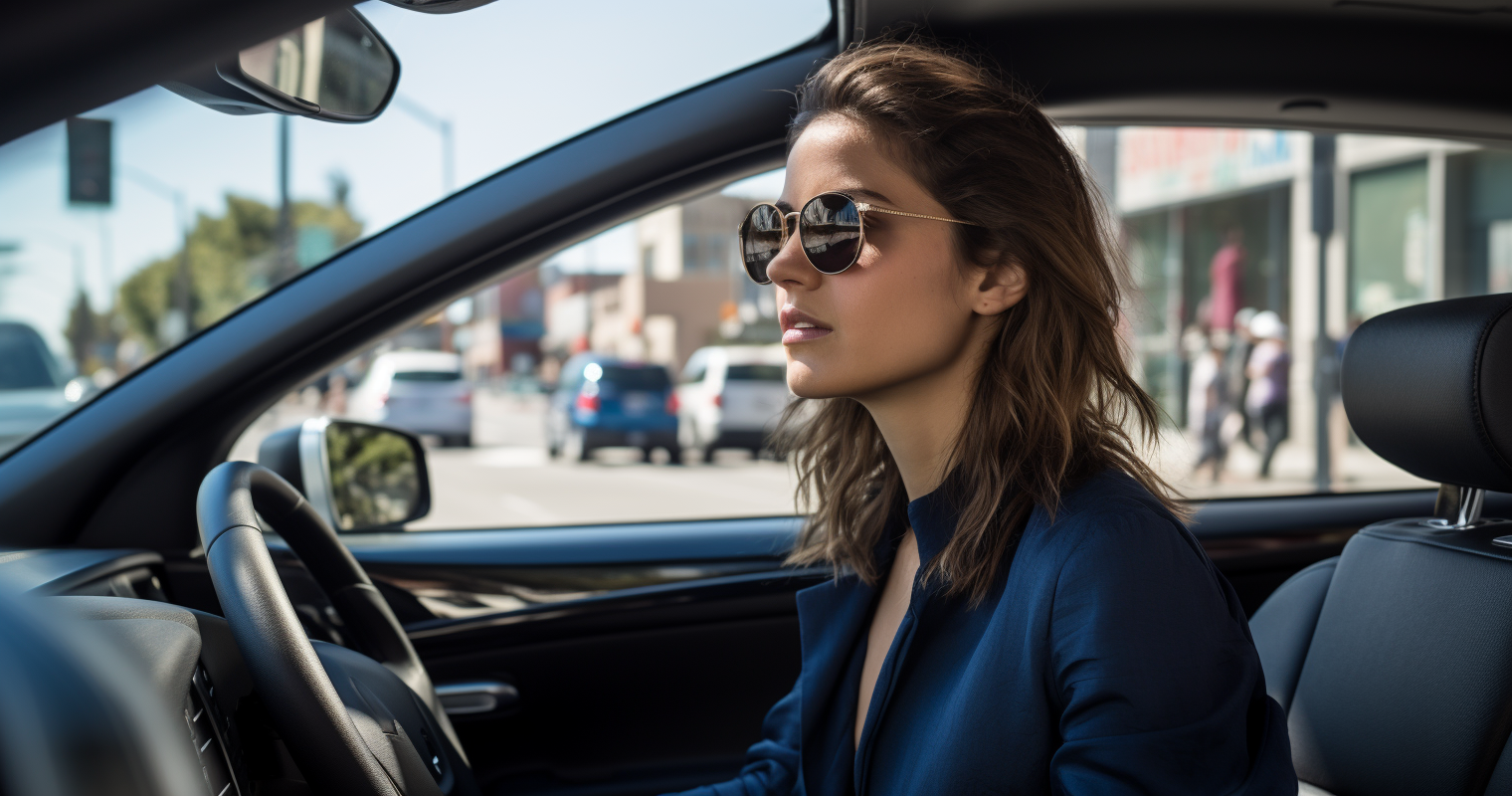Cuba is a fascinating country with a unique history, culture, and architecture. Driving is an excellent way to explore Cuba’s countryside, coastal towns, and historic cities. However, before hitting the road in Cuba, it is important to understand the local driving rules, regulations, and road safety standards.
Road Safety in Cuba
Road safety in Cuba is a major concern, with high rates of traffic accidents and fatalities. One of the primary reasons for this is the poor condition of the roads and the lack of traffic safety measures.
The quality of roads in Cuba varies significantly, with some highways and urban roads in good condition, while others may be poorly maintained or have significant potholes. In addition, many rural and remote areas have unpaved roads or gravel tracks, making driving more challenging.
Driving standards in Cuba are generally good, with most drivers following the rules and regulations. However, there are some cases of reckless driving, especially among young drivers. It is not uncommon to see drivers speeding or overtaking on the wrong side of the road.
Equipment Required in Cars
By law, all cars in Cuba must carry a warning triangle, a fire extinguisher, and a first aid kit. It is also advisable to carry a spare tyre, a jack, and a tyre iron in case of a flat tyre.
Road Accidents
In the event of a road accident, drivers in Cuba are required to stop their vehicles and offer assistance to anyone who may be injured. It is also important to report the accident to the police and exchange contact and insurance details with the other party involved.
Driving Rules in Cuba
Driving Side
Like most other Caribbean countries, Cuba follows the right-hand drive system. Drivers must drive on the right side of the road and overtake on the left.
Speed Limits
Speed limits in Cuba vary depending on the type of road and region. In urban areas, the speed limit is usually 50 km/h, while on highways, it can be up to 100 km/h. It is essential to follow the speed limit to ensure road safety and avoid fines.
Right of Way
In Cuba, drivers must give way to pedestrians at zebra crossings, and it is illegal to drive through a crosswalk while someone is crossing the road. It is also mandatory to give way to emergency vehicles with sirens and flashing lights.
Unique Rules
There are a few unique driving rules in Cuba that visitors should be aware of. For example, it is illegal to use a mobile phone while driving unless it is a hands-free device. It is also mandatory to use headlights at all times, even during daylight hours.
Road Signs and Traffic Lights
Road signs in Cuba are in Spanish, and most of them follow international standards. The most important signs include speed limit signs, stop signs, and no entry signs.
Traffic lights in Cuba follow a standard system with red, yellow, and green lights. Drivers must stop at a red light and can proceed when the light turns green.
Getting Up-to-Date Road Traffic Information
The Cuban National Police (Policía Nacional Revolucionaria) is responsible for traffic management in Cuba. Road users can access up-to-date traffic information and road closures by visiting the website of the Ministry of Transport (http://www.transporte.gob.cu/).
Other useful resources for road traffic information in Cuba include local news stations and radio broadcasts.
Parking Rules in Cuba
Parking in Cuba can be challenging, especially in urban areas with high populations of expats. Most parking spaces are limited, and there is a high demand for them.
Drivers must park their vehicles within designated parking bays and avoid parking in no-parking zones. Failure to comply can result in fines or even the vehicle being towed away.
There are no parking permit schemes available in Cuba, and disabled parking bays are not widely available. Drivers with disabilities may need to park on the street or in private car parks, which may require an additional fee.
Driving in Cuba can be an exciting and memorable experience, but it is essential to follow the local driving rules and regulations to ensure road safety. By carrying the necessary equipment in their vehicles, following the speed limit, and giving way to pedestrians, road users can help prevent accidents and keep the roads safe for everyone.
Staying up-to-date with the latest road traffic information and planning routes accordingly is also advisable. Visitors should also exercise caution and drive defensively to ensure their safety and that of others on the road.
It is important to note that driving in Cuba can be challenging due to the poor road conditions, aggressive driving behaviour, and limited enforcement of traffic rules. Visitors should be prepared for this and adjust their driving accordingly.

